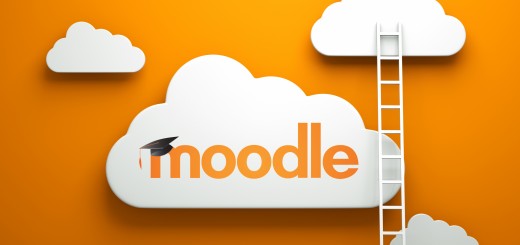ihe 2014: 1st International Conference on the use of iPads in Higher Education
 In March, I was fortunate to have the opportunity to present a paper at the 1st International Conference on the use of iPads in Higher Education. The presentation focussed on the research I have been facilitating with two senior lecturers from Initial Teacher Education (Anita Backhouse and Ian Wilson).
In March, I was fortunate to have the opportunity to present a paper at the 1st International Conference on the use of iPads in Higher Education. The presentation focussed on the research I have been facilitating with two senior lecturers from Initial Teacher Education (Anita Backhouse and Ian Wilson).
The paper explored how iPads could be used to increase the level of engagement in the peer review and feedback process. Full conference proceeding (including our paper) can be found below:
[gview file=”http://blog.yorksj.ac.uk/moodle/files/2014/04/ihe_2014_proceedings.pdf”]
There was some excellent papers submitted for the conference, below are my top 3:
iPads at the University of Western Sydney – Initiating Institutional Transformation
Lynnae Rankine, Dennis Macnamara
University of Western Sydney, Australia
Universities across the globe are embracing the digital world in various forms. Massively open online courses, gamification, flipped classrooms, blended learning and tablet devices offer students the possibility of greater flexibility in how and when they learn, and the continuation of their learning throughout their life and careers. This paper describes the background and rationale for a three-year plan to blend all units and courses and the impact over 12,000 iPads had on transforming UWS. It includes the hows and whys of the iPad rollout and the impact of one of the largest such implementations in the higher education context. It focuses on the macro institutional ramifications, including pedagogy, professional development and professional practice as well as student learning. The paper seeks to highlight how the iPads are both a symbol and a device for organisation and curriculum transformation.
A recording of the presentation given at the event for this paper can be found below:
Using iPads to enable cultural change in Technology Enhanced Learning: A case study
Steven Furnell
Plymouth University, UK
The iPad has significant potential to have a transformative effect upon teaching and learning practices in a higher education context. As evidence of this claim, this paper presents a case study that examines the approach and resulting benefits experienced when introducing the devices within the School of Computing and Mathematics at Plymouth University. The approach taken was a phased introduction of the devices, firstly amongst academic staff, then a subset of first year undergraduate students, leading to adoption across the whole School based upon the success of the earlier stages (with success in this case being judged on the basis of both user engagement – e.g. staff production and student use of materials – and positive user feedback). iPads have been provided to both staff and students, with a range of positive impacts upon the teaching and learning practices that can now be regarded as standard within the School (including podcasting, use of eBooks, and interactive services). The iPad has been key to supporting and integrating the various applications, and has delivered a significant uplift in the technology enhanced learning practices of the staff, each delivering associated benefits in the resulting student experience.
Comparing student and faculty perceptions on the instructional value of iPads in art and design education
Nicos Souleles, Stefania Savva, Hilary Watters, Angela Annesley
This paper compares the perceptions of art and design students and faculty of the instructional value of iPads. More specifically, this paper draws from the main conclusions of two previous studies to compare the views of the two stakeholders, using as a framework of comparison the Rieber and Welliver (1995) five-step hierarchical model of technology adoption. Briefly, in the two previous studies both students and faculty were given the freedom to use iPads for teaching and learning, but without a specific task to guide their use. This bottom-up approach was deliberate, and together with the characteristics of art and design education and in particular the dominant modes of teaching and learning, provide the delimitations of the earlier studies. When comparing – in this paper –the outcomes of the previous two studies we noted that the adoption pattern was restricted mostly to the first two stages of the Rieber and Welliver (1995) model, familiarisation and utilization, with some effort from faculty to integrate iPads in curricula. We argue that integration, reorientation and evolution – the latter stages of the model – require change that can only be achieved if all stakeholders share in the process.
Have you used iPads to enhance or transform the students learning experience? If you have, please feel free to share your experiences using the comments section below.
Daniel



Daniel, thank you for your review of the conference. It was a big learning experience for all of us too. Many of the lessons learnt will – hopefully – be addressed at the next ihe conference. We hope you will continue your research with iPads and keep us informed. Take care.